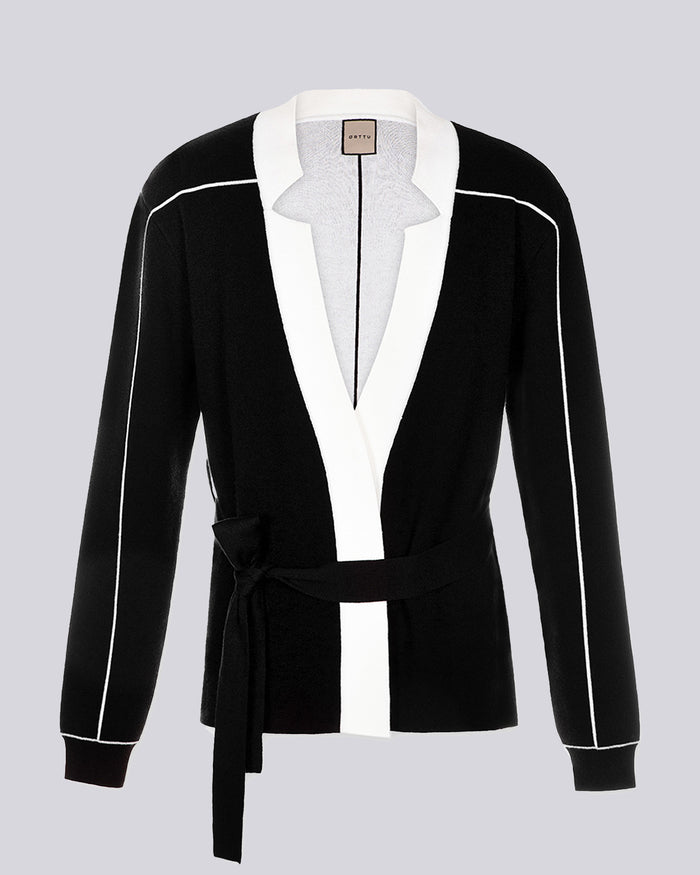The history of cosmetics is a long one. And, for men, it’s been a little complicated. Makeup first started being used around 5,000 years ago in Egypt. And while both Egyptian men and women wore a type of eyeliner made of copper and lead, since then, men have had a more on-again, off-again relationship to makeup than women.
At times, it has been acceptable, and even expected, for men to powder their faces or to wear a little eyeliner and lipstick. At other times, it’s been considered dangerous and immoral. The samurai warrior was expected to wear rouge and lipstick so that he would look healthy even if he was killed in battle. And -- less bloodthirsty -- over the last century, Quentin Crisp, Ziggy Stardust, Glam Rock, Goth, ‘80s “gender benders” such as Boy George and Marilyn, and ‘90s Club Kids all reveled in the use of cosmetics by both men and women, even if mainstream society generally did not approve.
Today, makeup for men is beginning to gain ground again, though it’s less about preparing for battle or shocking the public and more about enhancing one’s natural looks: covering up the occasional blemish or razor bumps, hiding dark under eyes, and moisturizing.
“You don’t want to apply too much to the point that it’s noticeable,” says makeup artist Hector Espinal in a tutorial for Fenty’s Youtube channel. The main purpose of male grooming, he says, is to make it look “like a second skin.”
The resurgence of male beauty was launched on Instagram and Youtube by young, male makeup artists, who demonstrated different looks and applications using traditional makeup, designed for female skin. Then a number of cosmetic brands launched their own videos, showing how their products could cross over to a man’s beauty routine.
Then, in 2016, CoverGirl made waves when it announced that James Charles would be one of its models.
James, a young, gay makeup artist from New York, had over half a million followers on Instagram, though he had set up his account only the previous year. While the shock died down, the tactic worked for CoverGirl. Click on its website today and, among the female models, you’ll see the face of LA-based, male makeup artist and Instagramer Garrett Hahn.
However, other brands are now making cosmetics specifically for male skin. Some of these -- such as Stryx, Menaji, and the very manly-sounding War Paint -- are focused solely on the male customer. Others, like Fenty, started off with cosmetics for women. It’s now selling a 5-piece makeup set for men, costing a little over $100, and consisting of foundation, concealer, blotting paper, blotting powder, and a portable touch-up brush.
A concealer and brow definer has also crept in among Tom Ford’s numerous grooming products. And Chanel has launched a male cosmetics line called Boy de Chanel that includes foundation, eyebrow pencil, and transparent, matte lip balm, as well as a cleanser and -- of course -- moisturizer. As with Fenty’s YouTube channel, peruse Boy de Chanel and you’ll come across a number of video tutorials for young men who are thinking of branching out into the female-dominated world of makeup.
However, while Chanel says that it has “borrowed the best from the beauty world to create a new line of makeup for men,” and while it’s possible for men to use many of the cosmetic products designed for women, there are some differences between men’s and women’s skin. And, partly because of that, there are some differences between men’s and women’s cosmetics.
Men typically have thicker skin and larger oil or sebaceous glands than women. And men produce more sebum (the mix of fatty acids, wax, sugars, and other natural chemicals that we usually think of as our natural body oil).
Unsurprisingly, the purpose of sebum is to protect our skin from the elements. And while we have sebaceous glands all over our body, they are most densely concentrated in the face and scalp. The upside, of course, is extra protection, but the downside for men is that we are more prone to acne and, to some degree, can suffer from it for decades.
One quick tip here: since our thicker and often oilier skin can leave us with more texture or dead skin sitting on the surface, Canadian makeup artist Myles Sexton recommends that men exfoliate a little more often.
Okay, so what goes into makeup? Like the artists’ paint, makeup is usually composed of pigment, oil, and perhaps some wax. Pigment gives the makeup its color. The Egyptian queen Cleopatra used crushed carmine beetles to give her lips a more luscious appearance, but, often, the pigment is made by crushing certain minerals to a powder, and blending them with others to get exactly the right tone.
Oil and wax are then used to bind the pigment together into a form that can be applied to the skin, and that won’t get rubbed off, or won’t just fall off all over your clothes.
Because of the tendency of men to produce more oil from their sebaceous glands, male cosmetics generally contain less oil. So that they won’t provoke an unsightly break-out of acne. In fact, like Fenty’s blotting paper and blotting powder, men’s skincare and cosmetics products are often purpose-built to get rid of excessive oil, especially around the T-zone.
Wondering where to start? Video tutorials can spark inspiration and can give you some ideas, but they have their limits, especially for those just venturing into the world of male beauty. Myles Sexton says the best way to start is to book an appointment with a makeup artist or simply walk into Sephora, where you can test the products on yourself. We all have slightly different skin, he notes, and what you see online won’t necessarily work for everyone. “If you have a safe space to learn,” says Myles, “it makes the experience so much more fun and you’ll leave feeling like a pro.”



















